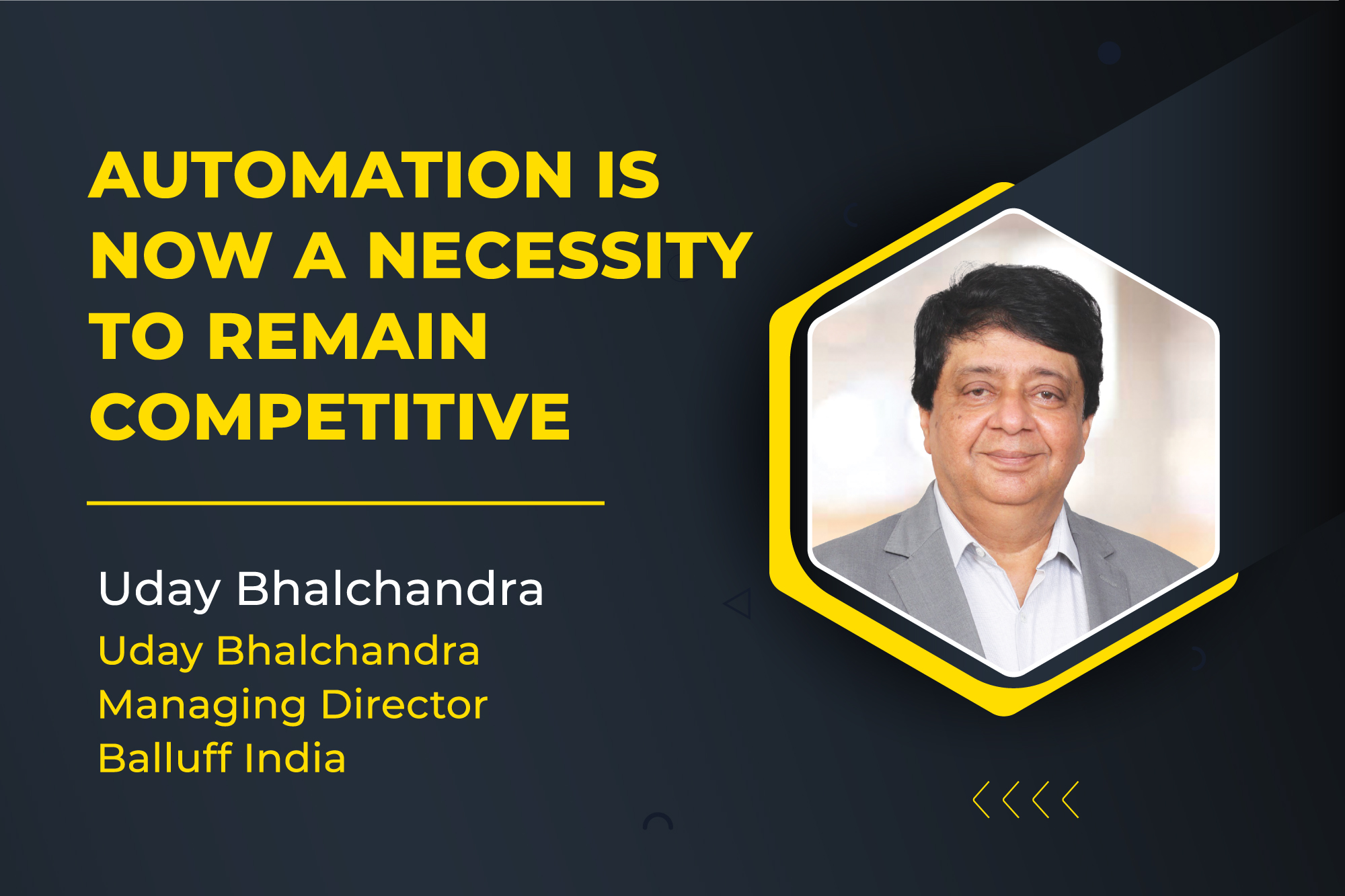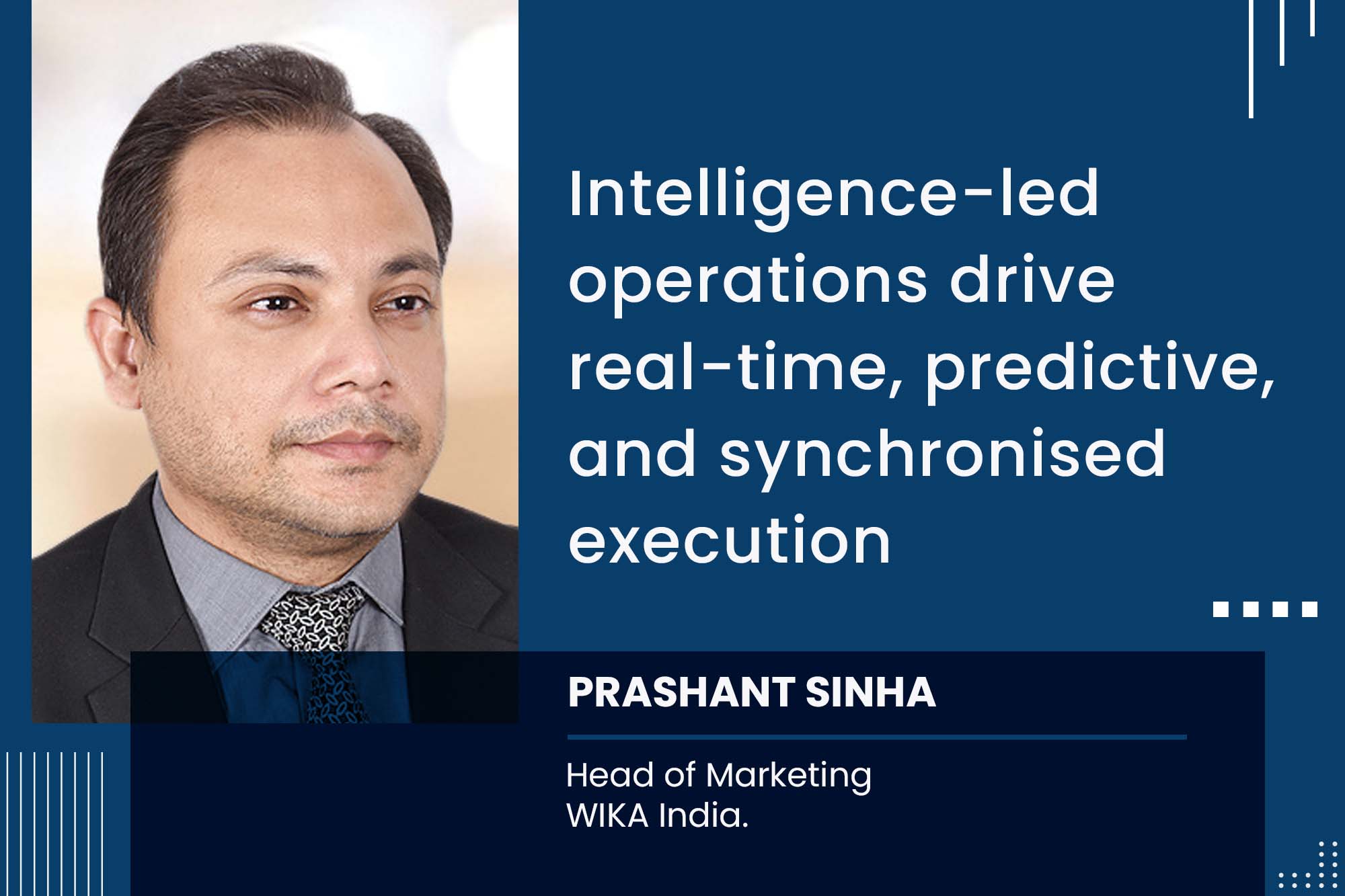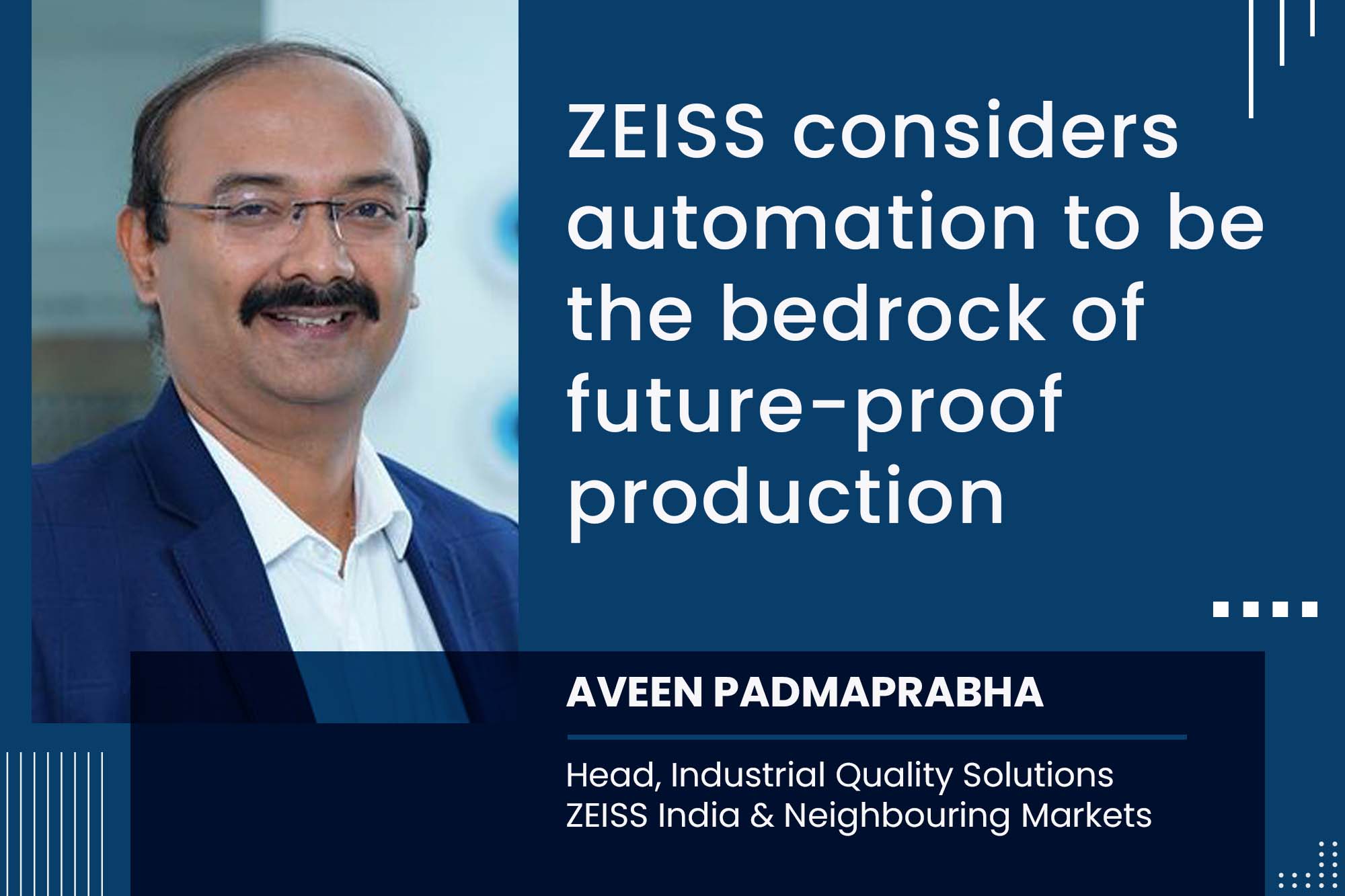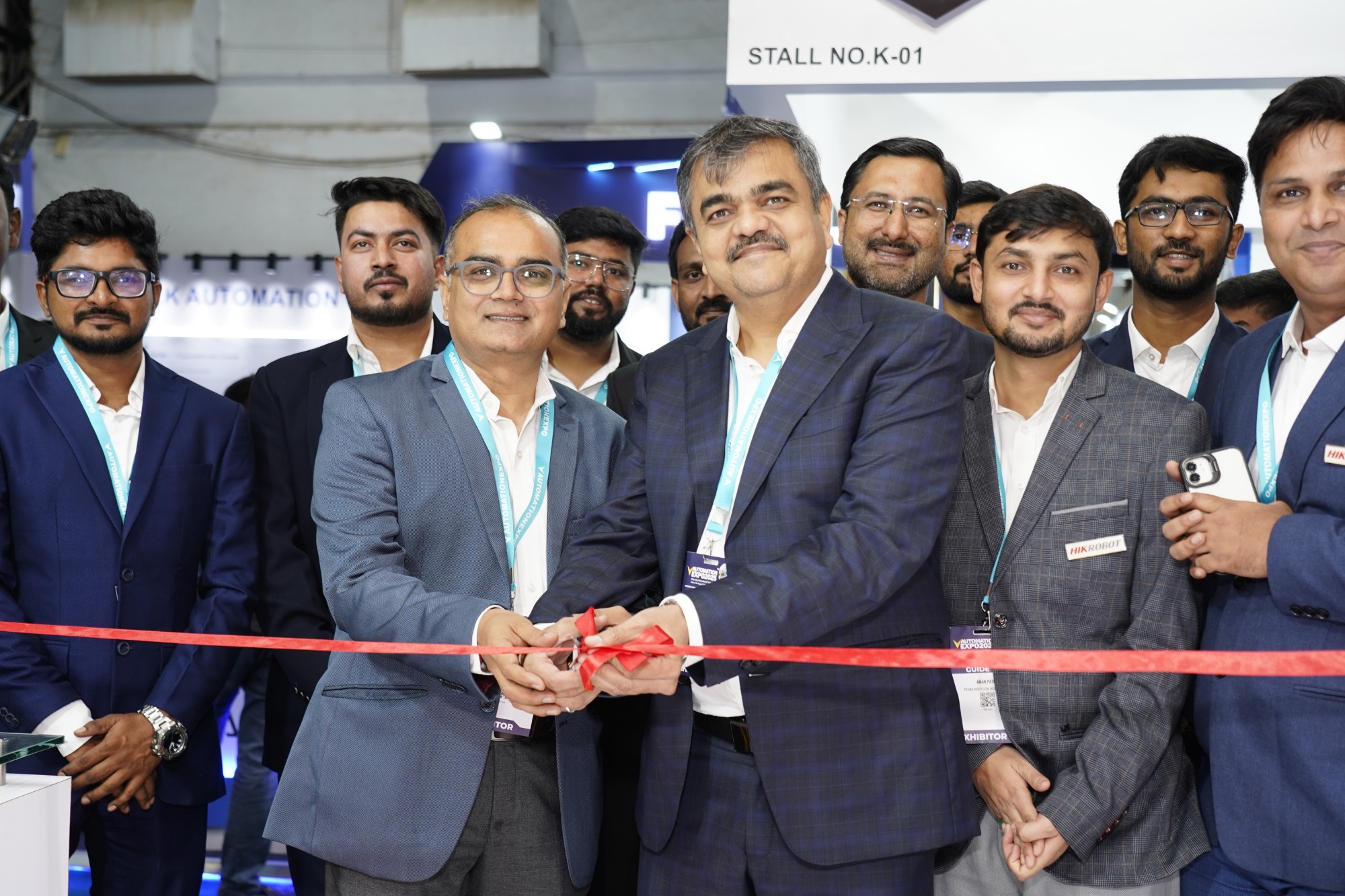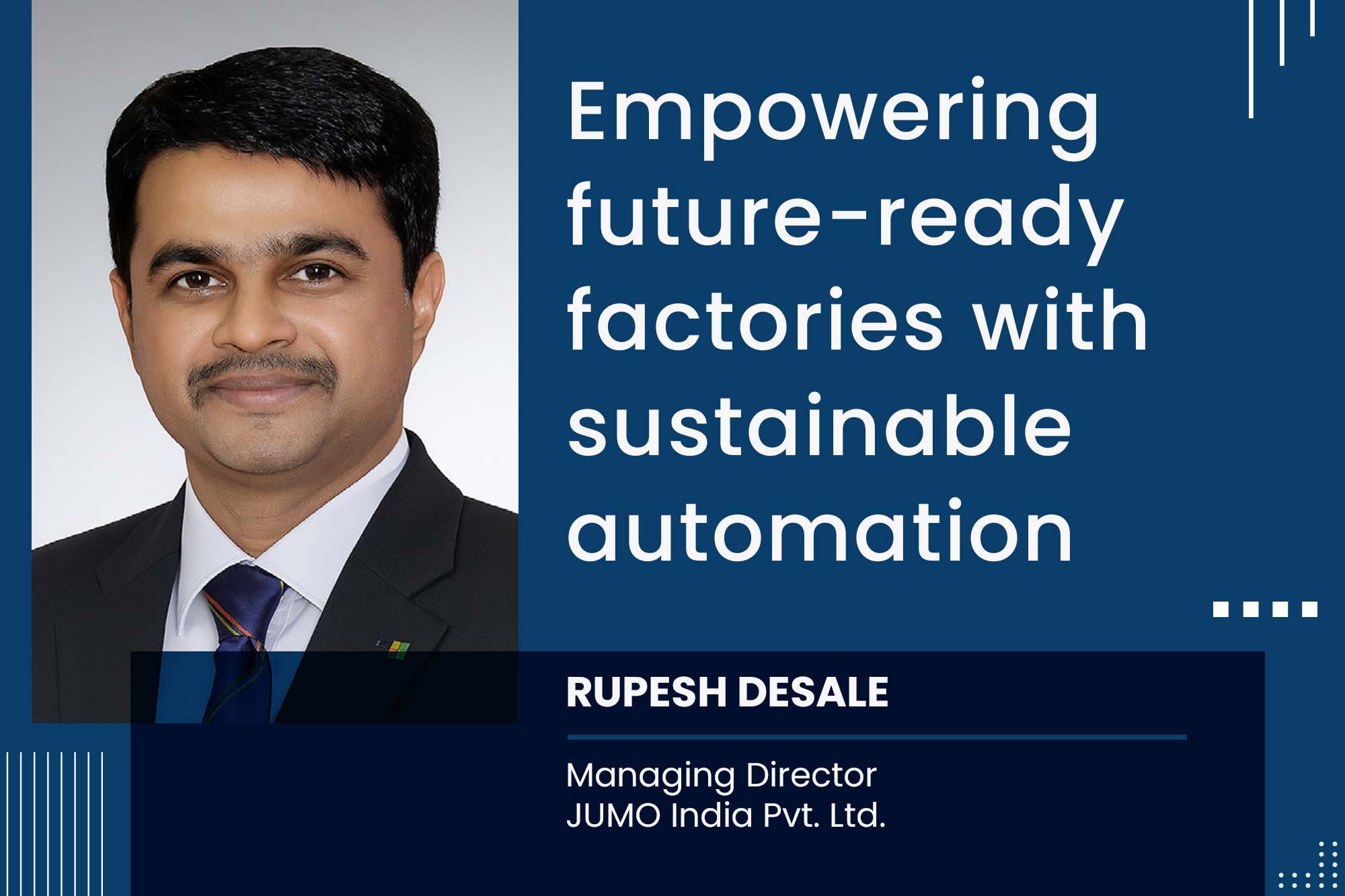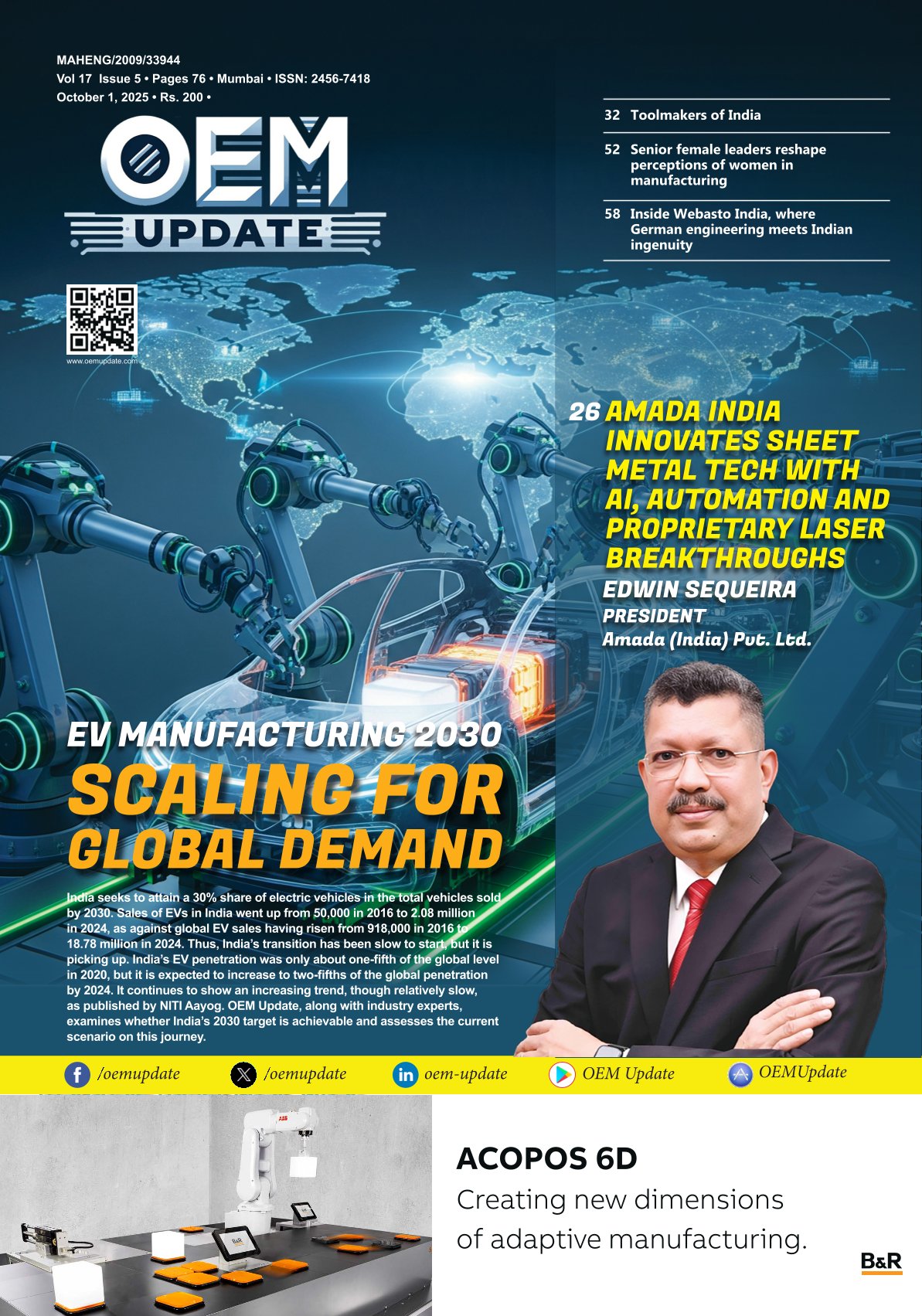Taking a lean approach to digital transformation
By Staff Report August 21, 2025 6:55 pm IST
Amandeep Singh Munial is a Partner at BMGI, a global consulting firm enabling sustainable transformation for driving tangible business results through various methodologies like Lean, Six Sigma, Design Thinking, Innovation, Balanced Scorecard, and Hoshin Kanri. He shares the impact of the Lean approach on the production processes.
As digital transformation accelerates, the focus is shifting from adopting technology to delivering value. The key question is no longer “Can we automate?” – but “Should we?”
While smart automation promises speed, quality, and visibility, it risks automating inefficiencies too. Lean principles provide that clarity by aligning automation with real, sustainable impact. What manufacturers need is speed coupled with outcome-driven transformation grounded in lean thinking.
Rethinking automation through a Lean lens
Smart automation now uses AI in areas like predictive maintenance, MES-integrated workflows for real-time scheduling, and even computer vision for defect detection, not just RPA. But the real differentiator is the thinking behind it.
By applying Lean principles first, organisations can identify the highest-impact opportunities for automation. This means prioritising processes that are:
- Repetitive but prone to errors (e.g., daily production reporting, downtime logging)
- Decision-intensive but rule-based (e.g., material reordering, capacity rebalancing)
- Critical to flow and throughput (e.g., batch release coordination, inspection clearance)
Automation becomes transformative when aligned with value creation.
Mapping digital waste: WORMPIIT in action
Before jumping to automation, companies must identify value blockers. The Lean waste framework – WORMPIIT – offers a powerful lens for shopfloor operations as well as all digital and indirect processes:
- Waiting: Delays in information, approvals, materials, or equipment readiness. e.g., slow shift handovers, line clearance delays, and material wait time.
- Overproduction: Making more or earlier than needed. e.g., unused reports, producing extra units beyond the order.
- Rework: Corrections, reprocessing, or repairs. e.g., fixing master data, reprocessing due to impurities, and reworking defects.
- Motion: Unnecessary movement by people. e.g., excessive clicks, switching screens, walking between stations.
- (Over)Processing: Extra steps that add no value. e.g., over-testing, re-entering available data, and manual system checks.
- Inventory: Holding unused materials, people, or info. e.g., excess raw material, idle WIP, unused standby resources.
- Intellect: Underutilising people’s skills or time. e.g., skilled staff doing manual data work, untapped operator talent.
- Transportation: Unneeded movement of items or data. e.g., manual data transfers, unnecessary material shifting.
Identifying and quantifying these wastes is not about understanding automation better; rather, it helps focus automation efforts to deliver breakthrough outcomes.
Operational excellence reimagined
Lean digital transformation is not related to cost-cutting. It aims to achieve seamless flow from start to end, creating pull to produce what is needed at any given time and improving the quality and agility of operations using data.
For example, digitising production planning can help rebalance capacity across lines automatically, based on current status, orders and constraints. Even in HR or procurement, automation of attendance irregularities or PR-to-PO workflows can cut delays and increase compliance.
Empowering people, not replacing them
There’s a growing realisation that automation should enable people. It frees time and mental bandwidth to focus on improvements or exception handling. But this shift requires reskilling, which cannot be ignored. Lean helps embed this change by involving people in the co-creation of their processes.
Looking beyond cost
While digital transformation often begins with a business case, its true value lies in:
- Enhanced customer responsiveness
- Higher process stability
- Increased employee ownership
- Faster recovery from variability
Smart automation, guided by Lean, ensures that every digital investment strengthens these dimensions.
Final word
Digital transformation in manufacturing isn’t about doing more with less. By applying Lean principles before digitising, manufacturers move from automating processes to transforming performance.
The real question isn’t “What can we automate?” – it’s “What should we automate to move the needle?”
For more details, visit – www.BMGIndia.com
Email – transformation@BMGIndia.com
Contact – +91 22 4002 0045/46
Cookie Consent
We use cookies to personalize your experience. By continuing to visit this website you agree to our Terms & Conditions, Privacy Policy and Cookie Policy.






